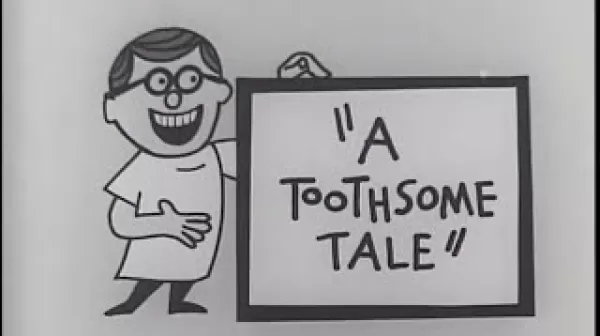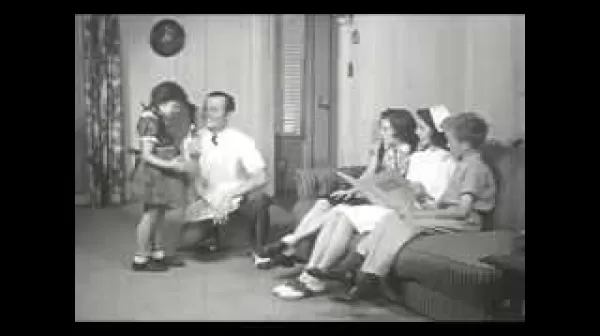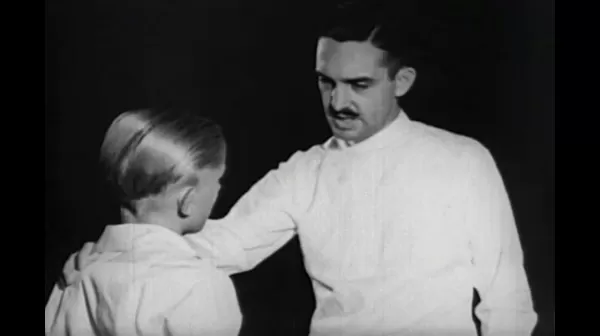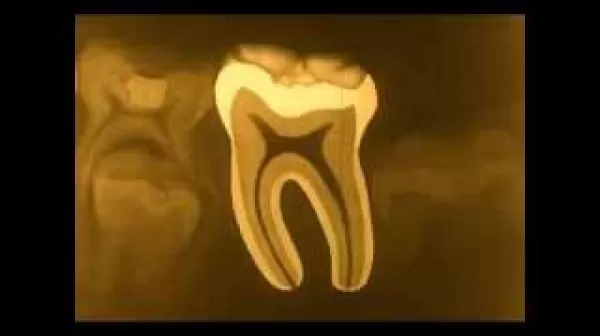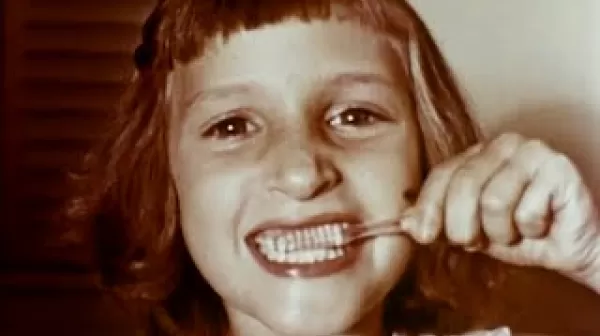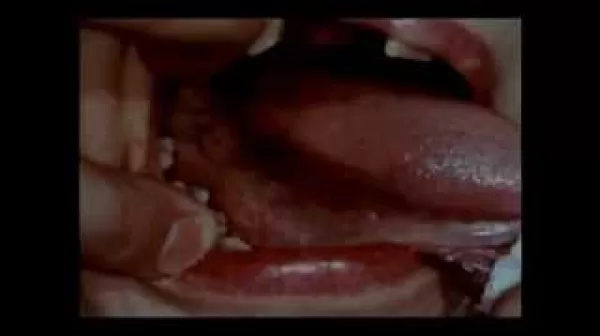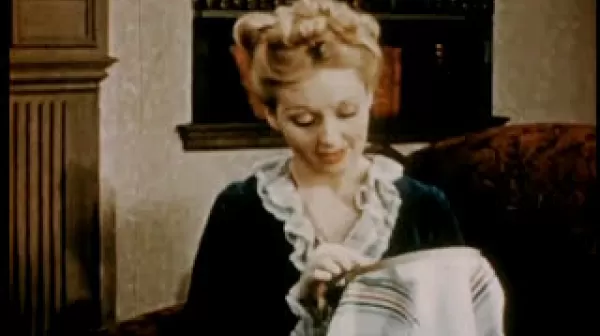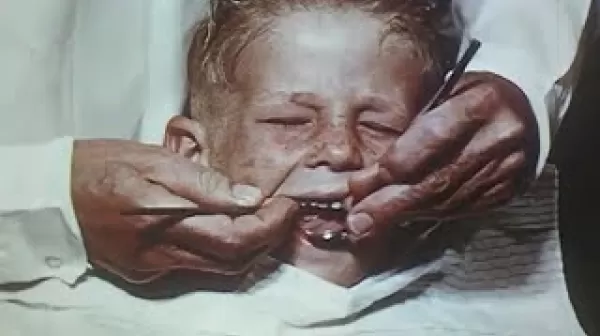TV Spot Announcements (American Dental Association, 1955)
This reel is comprised of 16 short films on dental health, some or all of them to be used as television spot announcements. Some are labeled as public service announcements from the American Dental Association. The films are, briefly: 1. A little girl demonstrates good brushing technique, proper care of the teeth after meals as a narrator admonishes children to care for their teeth. 2. A teenage boy is shown eating nutritious foods and candy as a narrator explains that good foods are necessary for good dental health and that sugar causes tooth decay. 3.

